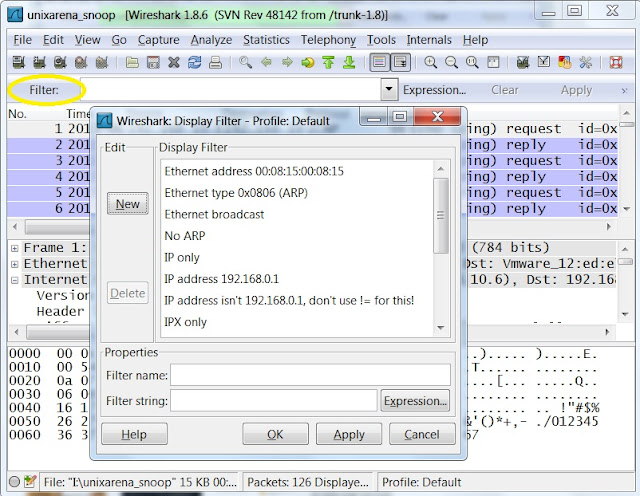
XXX - Add a simple example capture file to the SampleCaptures page and link from here. Reassemble Diameter messages spanning multiple TCP segments.SCTP packets on this port will be dissected as Diameter. TCP packets on this port(s)/range will be dissected as Diameter. (In the Wireshark distribution, the set in imscxdx.xml is commented out). If you add publicly available AVPs please send us the updates.Ĭurrently there is a problem with application Id: if two AVPs have the same vendor Id but different Application ID WS can't distinguish between them ( Bug 1494).Ī known problem is 3GPP vendor specific AVPs in the range 1 - 26 in TGPPGmb.xml and imscxdx.xml which are mutually exclusive depending on which 3GPP interface you are tracing one set will have to be commented out. You can add AVP dissection of vendor-specific or missing AVPs by editing those files. The DIAMETER dissector is fully functional. TCP or SCTP: Typically DIAMETER uses TCP or SCTP as its transport protocol.This is the successor of the RADIUS protocol. The Diameter base application needs to be supported by all Diameter implementations". This document specifies the message format, transport, error reporting, accounting and security services to be used by all Diameter applications. Diameter is also intended to work in both local Authentication, Authorization & Accounting and roaming situations.
#Wireshark filter by protocol eap Offline
I'm sure I can work around this somehow by decrypting offline (or perhaps using the NULL cypher) but I thought I'd be sure I've exhausted all avenues with wireshark first."The Diameter base protocol is intended to provide an Authentication, Authorization and Accounting (AAA) framework for applications such as network access or IP mobility. I "think" I may be seeing the app-data decrypted in one or two of the EAP packets, where the handshake information is present, but this information doesn't seem to be getting carried across to the rest of them.Ĭould it be that I'm just too far out in the weeds here? Or maybe there's something I'm missing, it certainly seems like it should be possible. I'm looking at the slightly more complex case of SSL over EAP over RADIUS over UDP on the one hand, and the even more specialised SSL over EAP over EAPoL on the other. your day to day, common or garden SSL protocols such as those running over TCP such as HTTP, SSH, RADIUS, SCP etc.


#Wireshark filter by protocol eap how to
īut I am not having much luck with this, and I am worried that perhaps Wireshark only knows how to deal with less tricky TLS cases, i.e. I have followed the Wireshark tutorial, pretty much to the letter. and I know what should be in the encrypted TLS data. It would be handy for me to see the contents of the encrypted data itself, as it contains yet further layers of the authentication exchange that I am investigating.Īll of this has been generated using my own test-systems so I have all of the information available, certs etc. In both cases I can view the EAP contents in Wireshark, and I can drill down as far as TLS negotiation/handshaking, and the encrypted TLS bytes.

I also have some being carried by EAPoL, but I think the answer to that case might be even less straightforward (though perhaps not necessarily so). I have a few pcaps of traffic for EAP-TTLS conversation, carried by RADIUS.


 0 kommentar(er)
0 kommentar(er)
